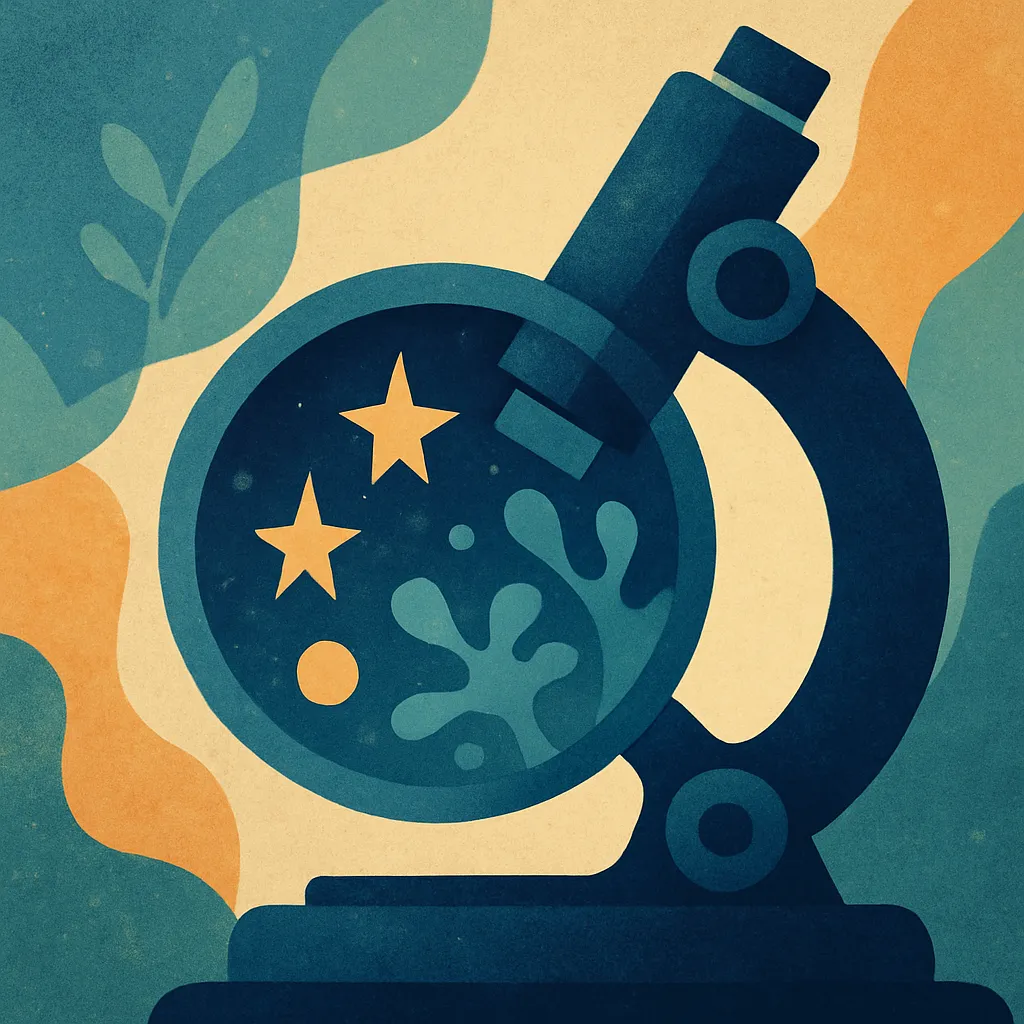What Are We Trying to Fix?

In June 2025, researchers from Kobe University published a large-scale study on genetic variants associated with autism spectrum disorder (ASD). They built a stem cell library, developed model mice, and uncovered a possible shared mechanism: neurons’ impaired ability to clear misfolded proteins.
It’s a complex and technical achievement. But as I read, one question kept rising to the surface:
What are we trying to fix here?
The researchers frame differences in protein quality control as a vulnerability. But to what end? The paper doesn’t explore whether these cellular differences are associated with suffering, reduced quality of life or even functional impairment in human contexts. It doesn’t ask whether these outcomes might instead reflect how society treats autistic people — not intrinsic flaws.
That omission matters.
I’m not suggesting malice or bias. This is early-stage science — rigorous, resource-intensive and ambitious. But even early science doesn’t happen in a vacuum. The questions we ask, and the ones we don’t, reflect the stories we carry about autism.
So here’s a gentle nudge to fellow researchers: When we study difference, let’s also study impact.
- Does a cellular mechanism lead to distress, or just to difference?
- Do certain proteins need to be cleared, or are they simply… different?
- And who gets to decide?
If neurodiversity-informed voices were part of this study, that’s encouraging — but I couldn’t find evidence of it in the publication. And if they weren’t, that’s an opportunity missed.
We don't need to shut down discovery. But we do need to ask: What is the purpose of the story we’re telling?
And who, exactly, are we trying to help?